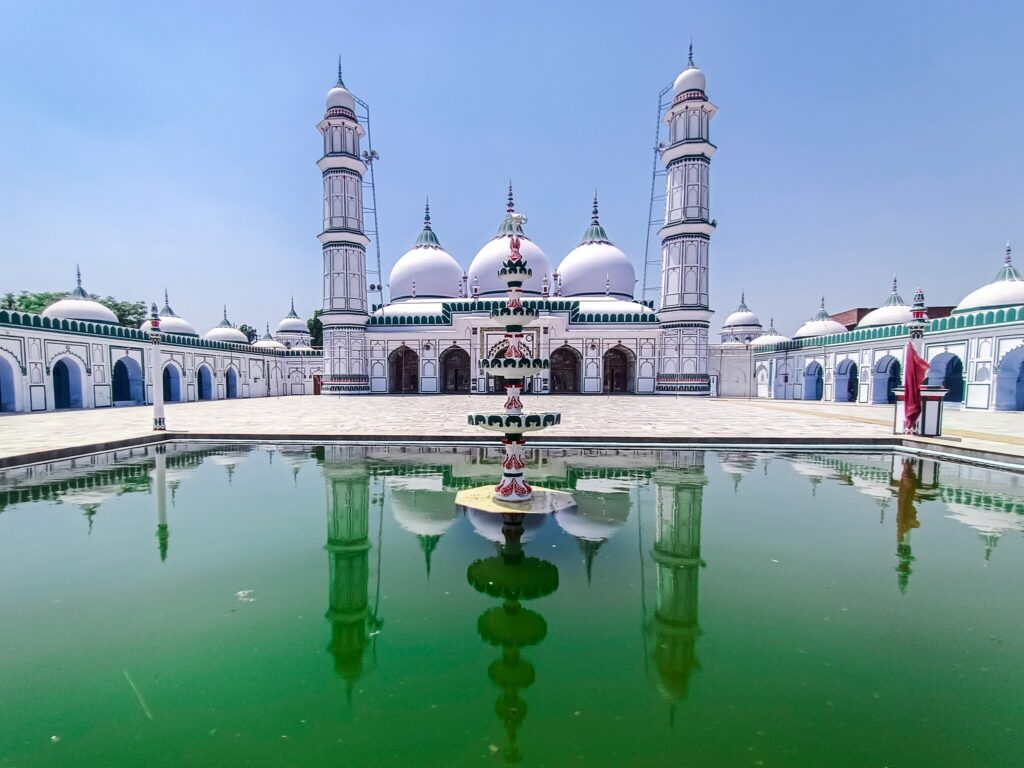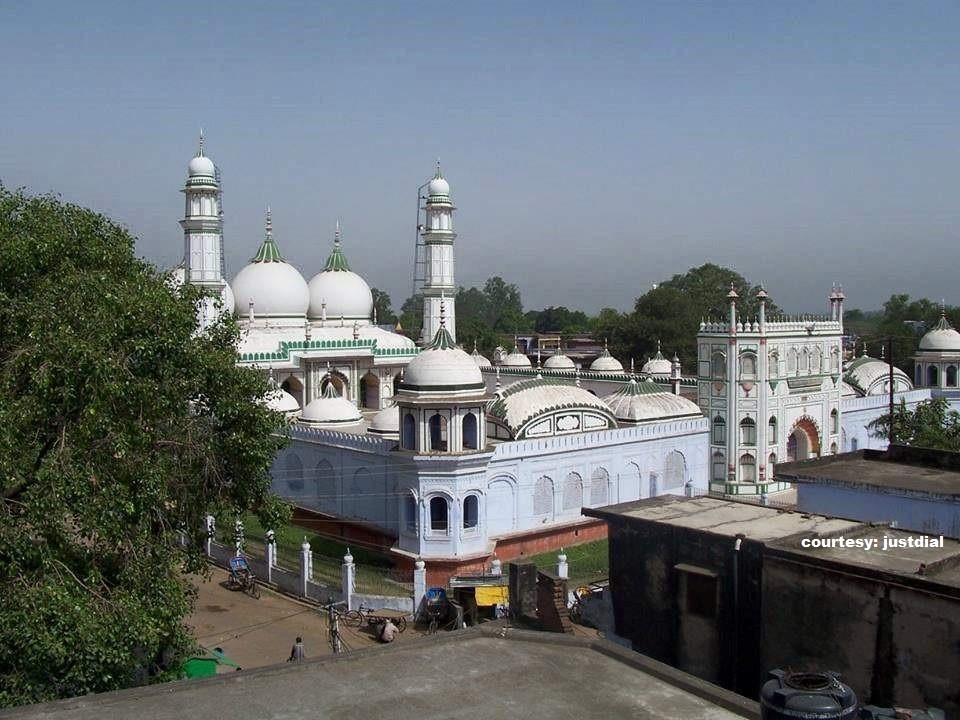

During the reign of the Mughal emperors, a great number of massive structures were built. In 1769, Hafiz Rahmat Khan constructed a mosque at Pilibhit tiger reserve that was an exact copy of the Jama Masjid in Delhi.
This location once had a pond in its previous iteration. At that time period, the building of this Masjid required an investment of three lakh rupees. There is still a sun watch in operation at the Jama Mosque. Hafiz Rahmat Khan was the head of the Afghan Rohilla, and his jagirs, which are equivalent to estates, comprised both Pilibhit safari booking and Bareilly.
He is buried at Bareilly. After rising to the position of head of the Rohilla Afghans in western Avadh, he was ultimately defeated and slain in 1774 during a fight against the Nawab of Avadh, who was aided by British soldiers. The doorway was constructed in the Mughal architecture as a tribute to the gates of the Jama Masjid in Delhi.
The wall that encircles the mosque enclosure displays the curved Bengali roof that was added by Shahjahan to the Mughal palace in Agra. On every Friday, a significant number of Muslims from the city and the surrounding villages go to the masjid to take part in the zamat prayer service.
The area surrounding this historical site is somewhat populated, and it hasn’t had the attention it needs, therefore a portion of the structure has been deteriorated, and another portion of the land has been developed. In addition, a weekly flea market can be found within the Jama Mosque site on every Tuesday. In close proximity to the expansive Jama Mosque property, a brand-new Tehsil compound has just been established.
Book your Pilibhit Tiger Reserve Jungle Safari and Accommodation with us now! Call/WhatsApp: +91-9871350805


